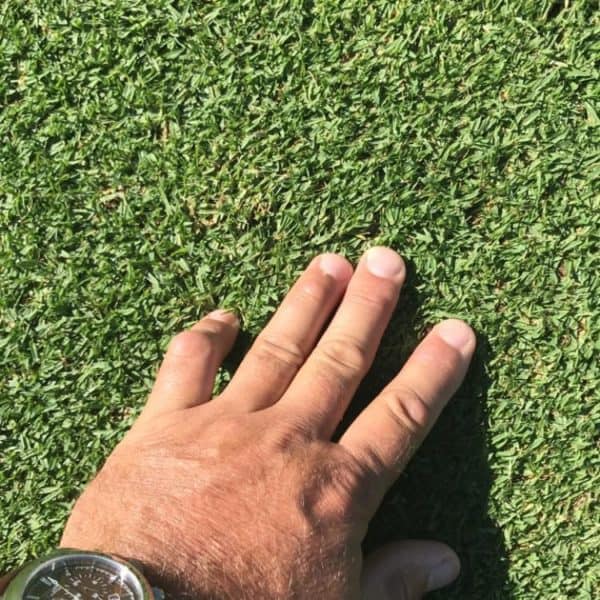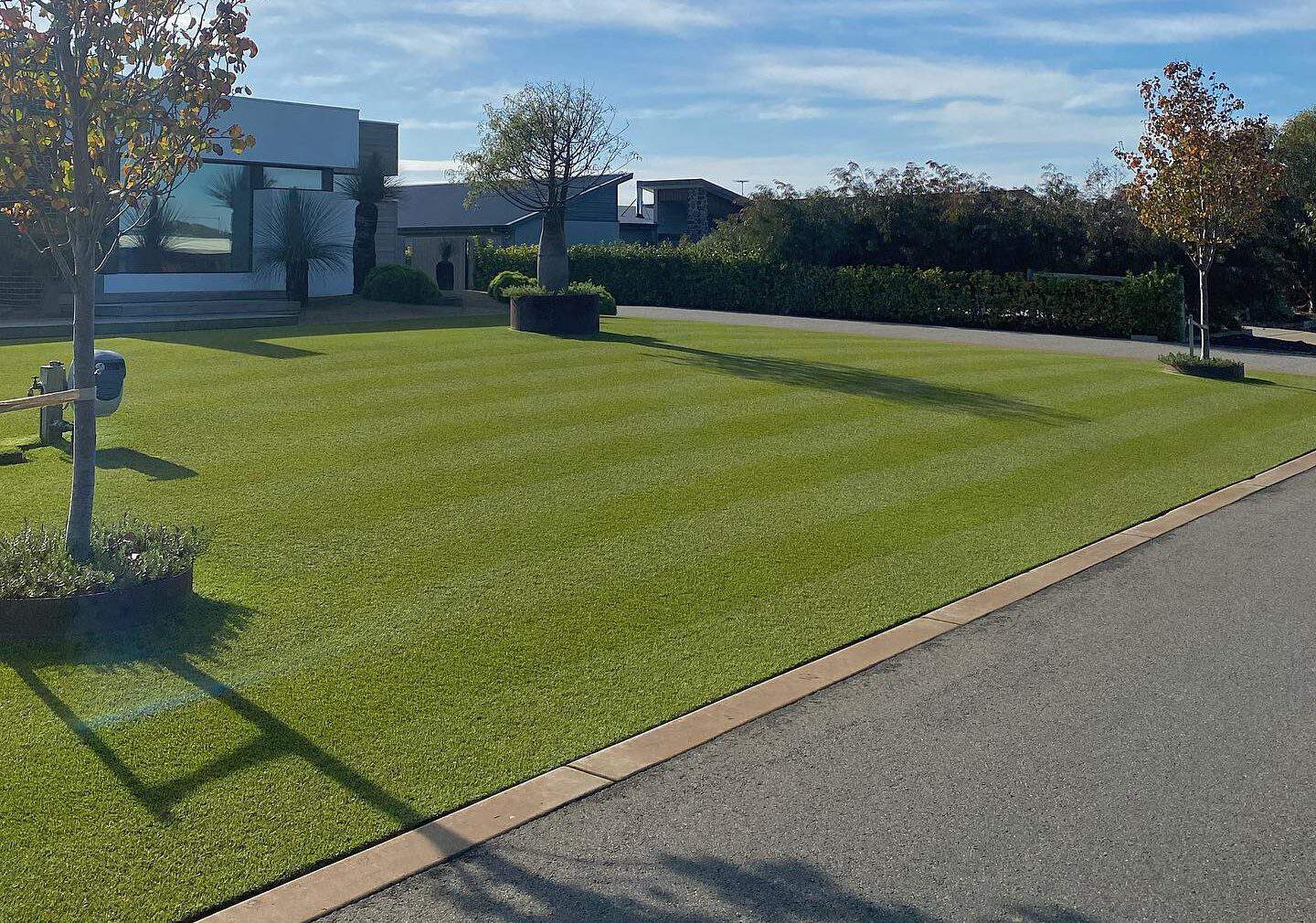
Kikuyu Plans for Warmer Climates
Kikuyu varieties(Pennisetum clandestinum). Kikuyu is a warm-season grass species that is popular for lawns and sports fields in certain regions, particularly in Australia and parts of South Africa. Here are some key characteristics and information about Kikuyu:
- Origin and Distribution: Kikuyu is native to East Africa, specifically the Kikuyu region of Kenya. It was introduced to other parts of the world due to its vigorous growth and adaptability.
- Growth and Appearance: Kikuyu is known for its rapid growth rate and ability to spread quickly through runners (stolon’s) and underground rhizomes. This makes it a great choice for areas that experience heavy foot traffic or where quick establishment is desired. The grass has a bright green colour and a coarse texture.
- Climate and Adaptability: Kikuyu is well-suited for warm climates and thrives in areas with mild winters and hot summers. It can tolerate drought conditions and recover well from periods of water shortage due to its deep root system. However, its aggressive growth can also make it invasive in some situations.
- Maintenance: Kikuyu requires regular maintenance to keep it looking its best. It needs frequent mowing during the growing season to control its rapid growth. Keeping fertiliser at lower rate and proper irrigation are also important to ensure its health and appearance.
- Advantages: Kikuyu is favoured for its fast establishment, ability to cover large areas, and tolerance to wear and tear. It can quickly recover from damage, making it suitable for high-traffic areas like sports fields.
- Disadvantages: One of the main disadvantages of Kikuyu is its aggressive growth and tendency to become invasive in certain environments. It can easily spread into neighbouring garden beds and areas where it’s not wanted. This aggressive growth can also lead to challenges in keeping it contained and well-manicured.
- Management: To prevent Kikuyu from becoming invasive, it’s important to establish clear boundaries, such as using physical barriers like edging. Regular mowing and trimming along the edges of lawns can help control its spread.
- Cultivars: There are different cultivars of Kikuyu grass that have been developed to address some of its drawbacks, such as invasiveness and its tendency to grow too tall. These cultivars may exhibit improved traits in terms of growth rate, colour, and overall appearance.
Keep in mind that the suitability of Kikuyu grass for your specific lawn depends on your climate, location, and personal preferences. If you’re considering using Kikuyu grass for your lawn, it’s a good idea to consult with local gardening experts or turfgrass specialists to determine if it’s the right choice for your needs.
In some cases your phone orientation may need to be horizontal for the tabs to open.

Brad D’Costa’s Kikuyu in Torquay Vic
